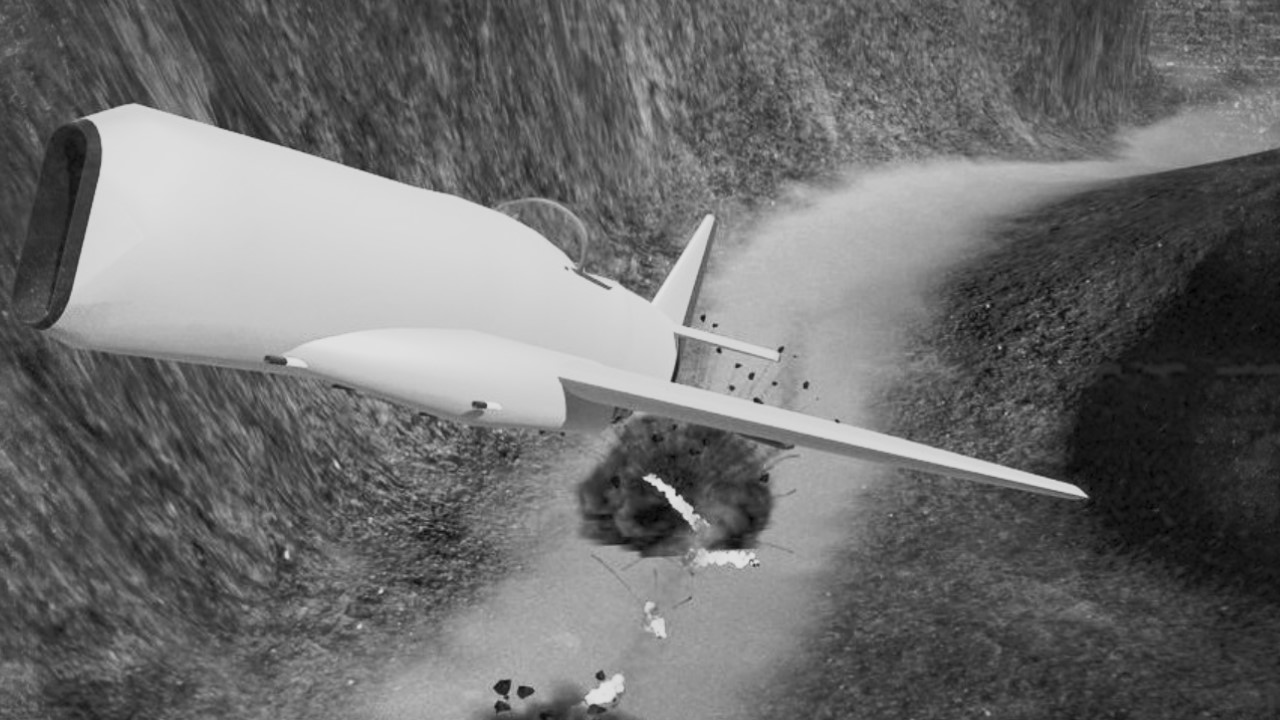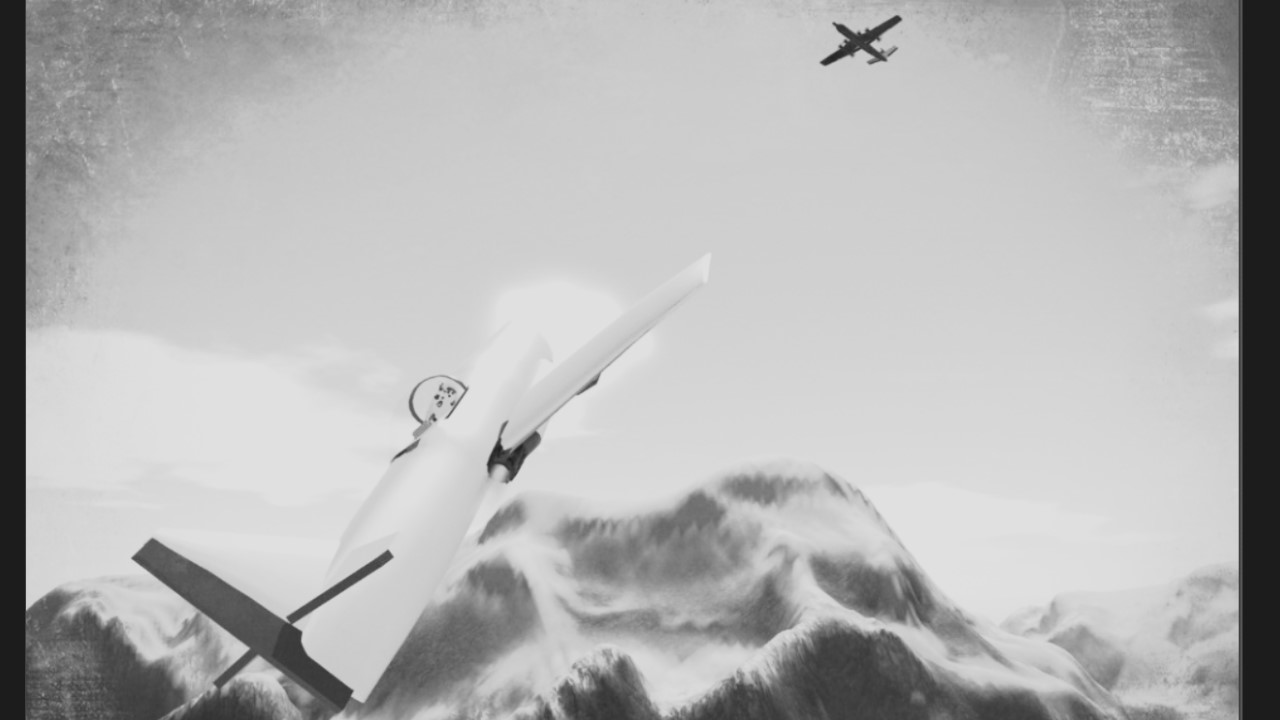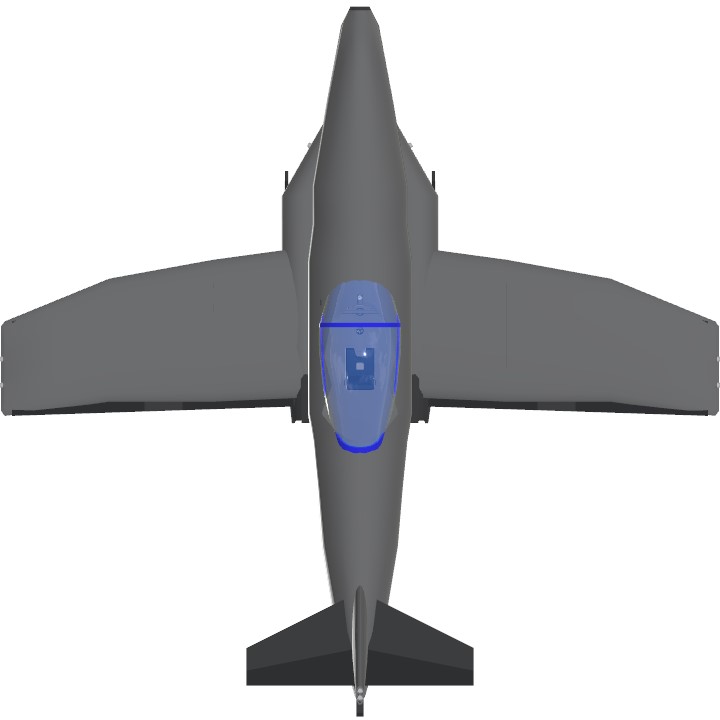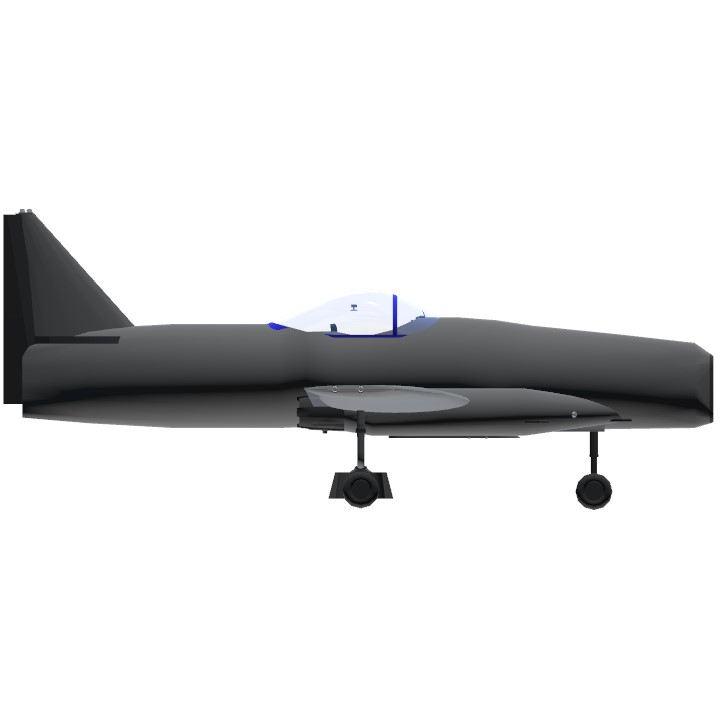With World War 2 casting a dark shadow over the globe, Aircraft designers all around the world rapidly perfected existing concepts and blazed trails into new, far reaching technologies. Epic Engineering was able to keep up during these troubling times, even while maintaining their trademark neutrality to all major powers at play.
Origin
While the Warlord was performing remarkably well and proving to be a top seller during World War 2, after witnessing the first demonstrations of the Bell XP59 in 1942, Cuthbert Epic knew he had to step forward into the jet age to keep his craft honed. Taking liberal inspiration from what he saw and getting his hands on some Whittle engines, he was able to design the Czar despite the economic hardships of the war. Finally achieving its maiden flight in 1946, Cuthbert could take pride in what was to be his final design, even though it was too late for it to enter service in WW2. Tragically, Cuthbert Epic would not be able to witness the jet age in all its glory as he sadly passed away due to adverse side effects of his medication on March 24th 1949. He was survived by his wife and his son Andrew Epic, who would become a star designer for Epic Engineering in his own right.
Notable Combat Records
During the Battle of the Imjin River in 1951, Czars flown by pilots of the Chinese PVA provided ground support for forces trying to push out the British divisions delaying their advance. During the later years of its service life, the Czar was used more and more in a ground attack role as they had difficulties keeping up with newer F86 Sabres and Mig 15s. Such was the case during said engagement, where bombing and strafing runs denied the beleaguered British Forces armoured reinforcements with reports claiming up to 22 destroyed tanks during the course of their engagements, with only 2 aircraft being intercepted or taken out by ground fire.
Design
The E2VO-40 Czar is a twin engine jet fighter with a bubble canopy and a whopping 4 Russian made 37mm cannon. As stated before, provisions for suspended armament or heavy drop tanks are provided as well as a early gun radar in later production models.
Handling
A quirk in the handling is presented as strong oscillation when quickly applying the elevator, which has to be accounted for when taking aim. The rapid speed of over 700 km/h and the extraordinary roll rate make up for that however, proving to be a capable fighter plane in the right hands.
Instructions
AG1: Open Canopy
AG3: Navigation Lights
AG4: Landing Lights
VTOL: Flaps
As always, thank you so much for your interest in our products. While this is a legacy product, aftermarket upgrades and modifications are still highly encouraged. If you still have any questions, feel free to ask.
Specifications
General Characteristics
- Created On Windows
- Wingspan 31.2ft (9.5m)
- Length 30.6ft (9.3m)
- Height 13.0ft (4.0m)
- Empty Weight 8,209lbs (3,723kg)
- Loaded Weight 9,125lbs (4,139kg)
Performance
- Power/Weight Ratio 1.108
- Wing Loading 48.5lbs/ft2 (236.6kg/m2)
- Wing Area 188.3ft2 (17.5m2)
- Drag Points 1651
Parts
- Number of Parts 130
- Control Surfaces 7
- Performance Cost 680






